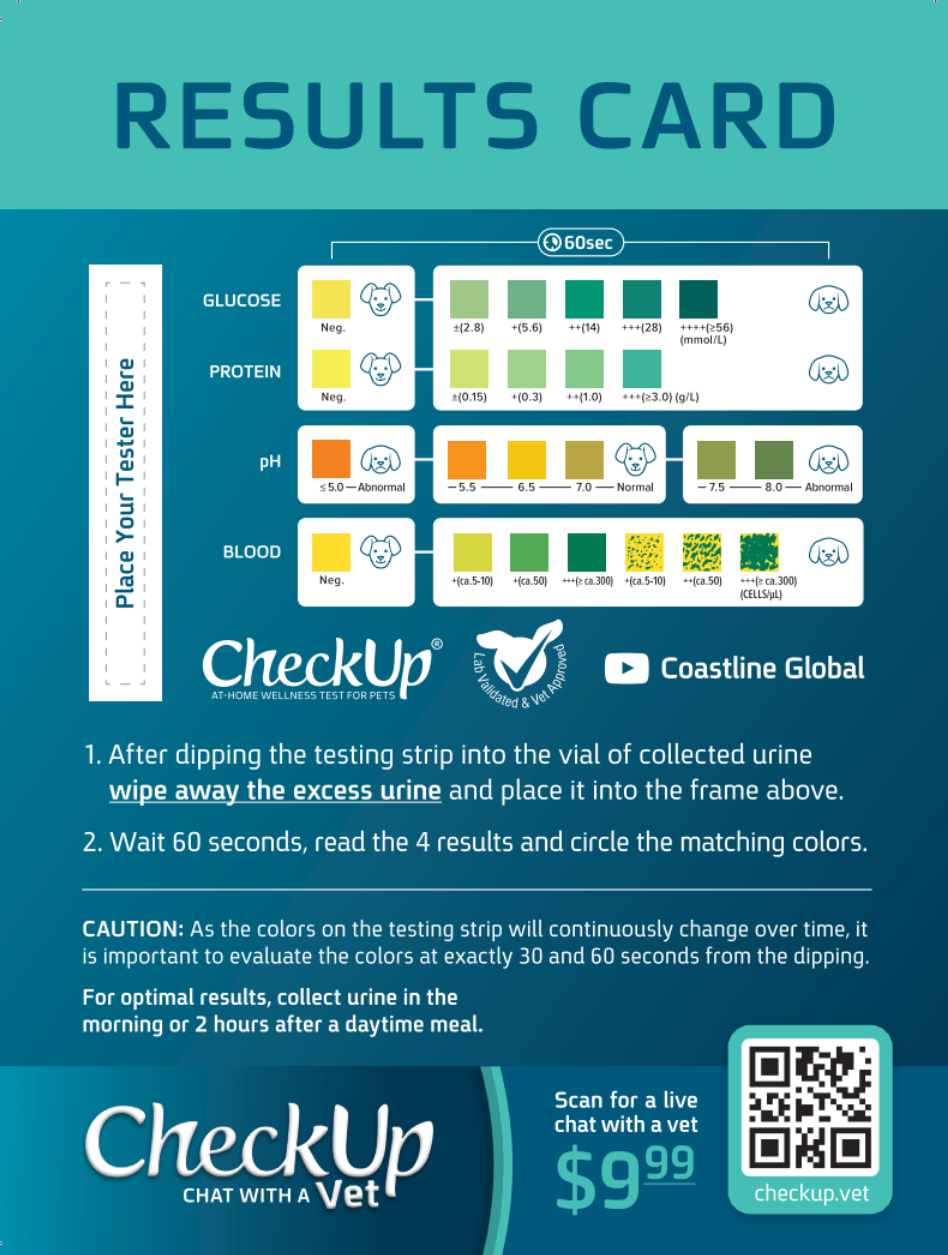It’s a shocking sight: One day, while cleaning your cat’s litter, or wiping up an accident he had outside the litter box, you notice that his urine is pinkish in color, or even deep red.
Although bloody urine most likely means something is wrong with your feline friend, there’s no need to panic. It’s a symptom of many different cat health conditions, and luckily most of them are treatable. The essential thing to do is to get your cat to the vet immediately; if left untreated even for a day or two, a number of these conditions could be fatal.
Here is a list of cat health conditions whose symptoms include bloody urine:
– Urinary tract and bladder problems. Feline Lower Urinary Tract Disorder (FLUTD, FUS, LUTD) and urinary tract infections are blanket terms for issues affecting the bladder and urinary tract. It’s fairly common for cats to have these kinds of problems, but no one knows exactly why they occur. Age, stress, and dehydration or nutrient imbalance are often triggers. In addition to bloody urine, other symptoms include frequent visits to the litter box; straining to urinate; – or, on the other hand, excessive urination; excessive genital licking; and urinating in places other than the litter box. If you see any of these signs, get your cat to the vet immediately: if a cat can’t evacuate waste through the urinary tract, he’s likely to die within a few days or less.
– Bladder cancer. Bladder cancer is rare in cats, but unfortunately, it is a reality, especially for female, senior, or obese cats. To diagnose it, your vet will test the urine for other health issues. If nothing shows up, and if the vet’s suggested treatment doesn’t make the bleeding stop, your cat may have bladder cancer. Chemotherapy and piroxicam will be given. Radiation might also be an option, and, if the tumor in your cat’s bladder is small enough, surgery could also be viable.
– Heat. If your female cat is over four months old and isn’t spayed, she may be in heat. Other signs include: loud meowing, overly affectionate behavior, spraying, and going into mating posture (hindquarters in the air). You should consider spaying your cat; it will make it easier to live with her, and can also prevent certain cancers and infections. And of course, you’ll be adding fewer kittens to the world. While adorable, not all kittens can find homes. Stray animals will either die quickly in the wild, live out their lives in shelter cages, or be euthanized. Even if you feel certain that your cat has blood in her urine because of heat, it’s a good idea to see your vet the first time you notice it, if you notice it at an usual time, or if your cat is showing other signs of illness (many are indicated on this list) to rule out any other problems. Most urinary issues have to be treated as quickly as possible, or they can be fatal.
– Internal injury. – In some cases, blood in urine may be a sign that your cat has an internal injury. Get him to the vet immediately.
– Poison ingestion. Bloody urine can be a sign that your cat has eaten or drunk something poisonous – in this case, most likely rat poison. Even if you don’t have any of that in your home, take him to the vet immediately; you never know if a roommate, neighbor, or someone else left some lying around.
As you can see, blood in your cat’s urine can mean a number of different things. But it’s almost always a sign that you should get your cat to the vet as quickly as possible. Remember, most of these conditions could be fatal if they aren’t treated quickly.
If your vet asks you to take a urine sample at home, Kit4Cat is the perfect solution. Unlike other urine collecting kits, whose litter is made up of plastic pellets that irritate cats’ paws and make urine collection difficult, Kit4Cat’s litter is made of hydrophobic sand. This provides a natural, comfortable texture for your cat’s paws. The sand’s hydrophobic properties also mean easier urine collection, with a low risk of contamination: the urine will collect in puddles on the surface of the litter, making it simple to collect with an eyedropper.
Many of the health problems indicated by bloody urine can be painful for your cat, and scary for both of you – but luckily most of them can be treated. Remember, the sooner you get to your vet’s, the better the chance your cat has to survive.







